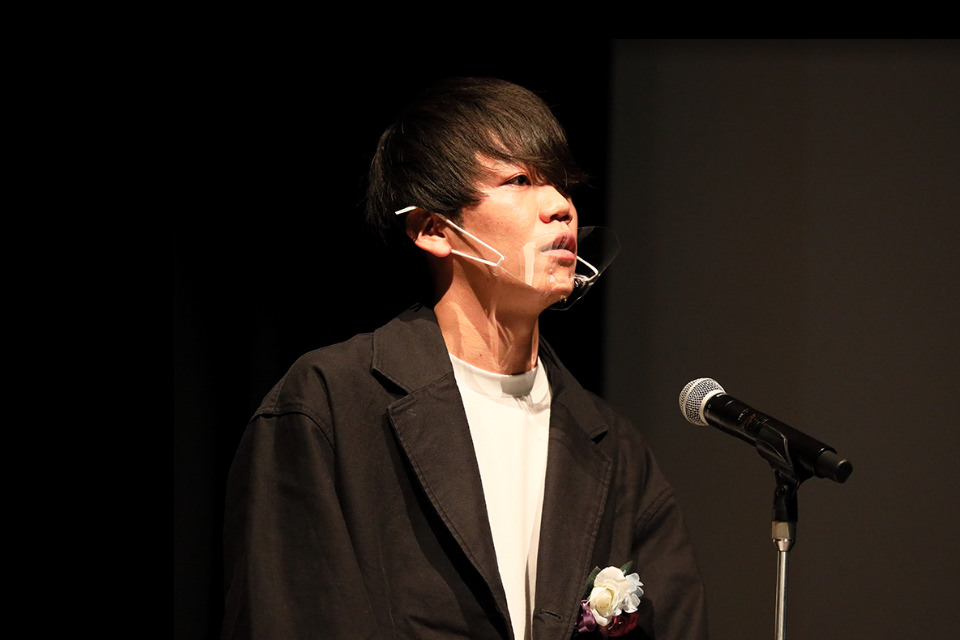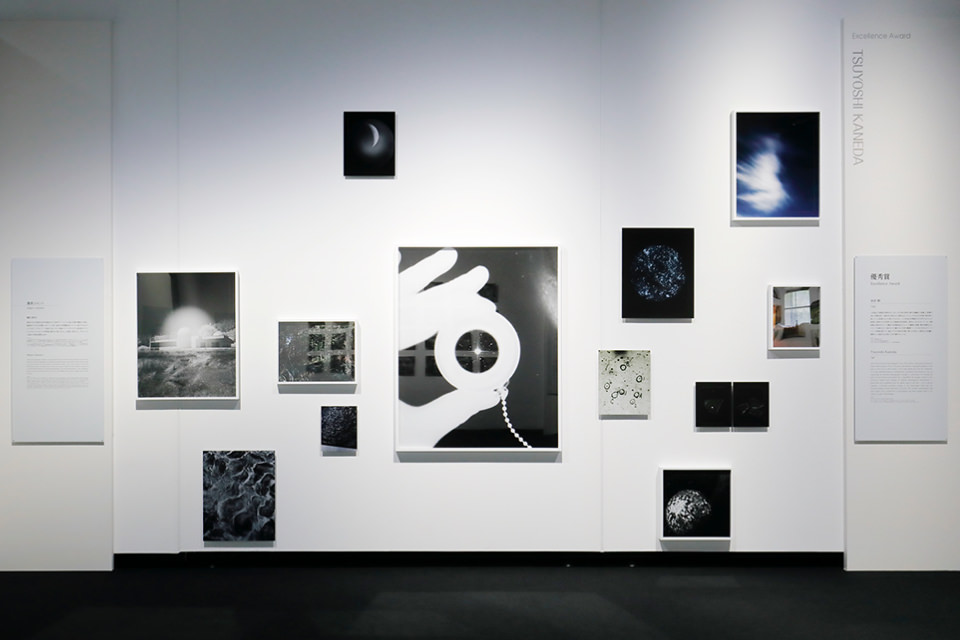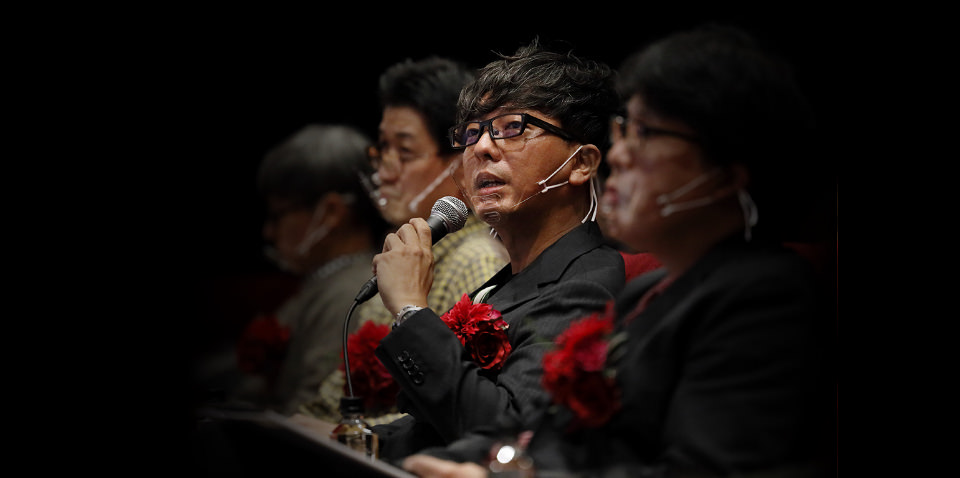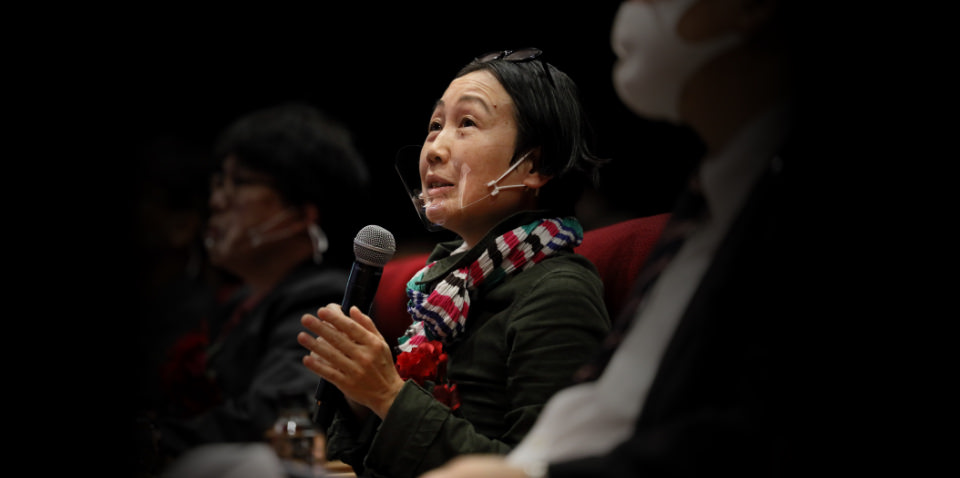PRESENTATION
This work traces the path of the fictional astronomer M and contemplates past truths and thoughts about astronomy.
One day, I happened to see an old astronomy photograph on display in the reference room at an observatory. Using the magnifying glass attached to the display, I peeped at the stars captured on the dry plate. I realized I was looking, through photography, at the scene today in the same way as the astronomers of old would have looked at it. It felt as if I were reaching back into the memories of a stranger, and I wondered what kind of person took this astronomy photograph and when and where. My imagination piqued by the murky existence of this astronomer, I set about researching and creating this work.
The invention of photography in the 19th century caused rapid progress in the field of astronomical research. This is the historical context of my work. Before photography was invented, astronomical observations were normally taken by looking with the naked eye through a telescope or other apparatus and making hand-drawn sketches. Once applying photography to astronomical research began to take off however, observation records of greater fidelity became possible. Moreover, these records could be stored, duplicated, and transported, allowing information, in the form of comparing and analyzing photographs, to be shared with other astronomers. As photosensitive materials became more precise, photography began to make evident the shape and aspect of dim astronomical objects that had been impossible to detect with naked-eye observations.
After learning about these facts through my research, I realized photography made it possible to gaze at stars as if in your hands. I can't help feeling this was the realization of a long-cherished desire of astronomers.
As I worked on this project, I chose M for the name of the astronomer I had imagined on that day while looking through the magnifying glass. Despite surveying the grand entity known as the universe, I was using a magnifying glass to peer at tiny stars captured in a photograph. I named the fictional astronomer M from this combination of micro and macro perspectives.
Another interesting historical detail is that many of the people who initially applied photography to astronomical research were amateur astronomers. This is why I tried to reflect in my work the pure desire to capture stars in photographs through a long series of trials and errors.


I am also interested in the micro and the macro, and I have a great desire to see things that are invisible to the naked eye. Did you choose the title M from this idea of the micro and macro?
(Kaneda)
Yes, I did. The main piece placed in the center is designed to express the astronomers' thinking as scientists that a micro perspective is necessary to analyze the structure of macro things. Just as we use a magnifying glass to look at a small photograph, despite the massive structures of the universe being the subject of our examinations. From this idea, I chose M as the work's motto and used it as the fictional astronomer's name.
(Takimoto)
There's something that looks like a mirror ball underneath the tree. Is that made up of individual photos stuck together one by one?
(Kaneda)
No, it's not. It's a fanciful satellite allegedly designed by M. Some satellites are actually in the shape of a mirror ball, and I modeled this on that kind of satellite.
(Takimoto)
I believe you initially submitted your work digitally, and I thought that because of that it would be overlooked. I think the overall quality of the work, including how you exhibited it, was exceptional.

How many pieces are there in this work and how long did it take to make them? There have been many research-styled works popping up over the last decade or so. But when we talk about research for a real researcher, they are so focused that the research process practically replaces the individual. I'm asking this question in your case because I'm curious how engrossed you were with M the astronomer.
(Kaneda)
There are 22 pieces in this work and it took me about a year to complete. As I worked on the project, I was conscious of maintaining my objectivity and not becoming emotionally invested in M.
